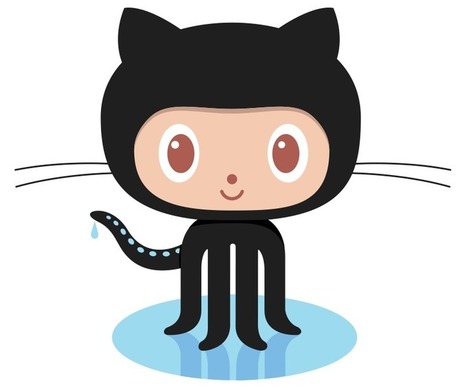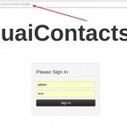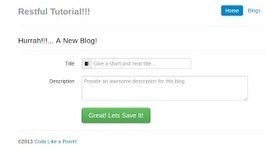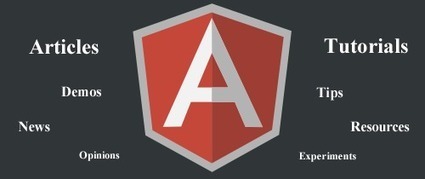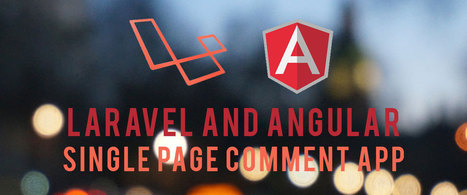In this article we continue our discussion of how to use Spring Security with Angular JS in a “single page application”. Here we show how to use Angular JS to authenticate a user via a form and fetch a secure resource to render in the UI. This is the second in a series of articles, and you can catch up on the basic building blocks of the application or build it from scratch by reading the first article, or you can just go straight to the source code in Github. In the first article we built a simple application that used HTTP Basic authentication to protect the backend resources. In this one we add a login form, give the user some control over whether to authenticate or not, and fix the issues with the first iteration (principally lack of CSRF protection).
No comment yet.
Sign up to comment




 Your new post is loading...
Your new post is loading...


